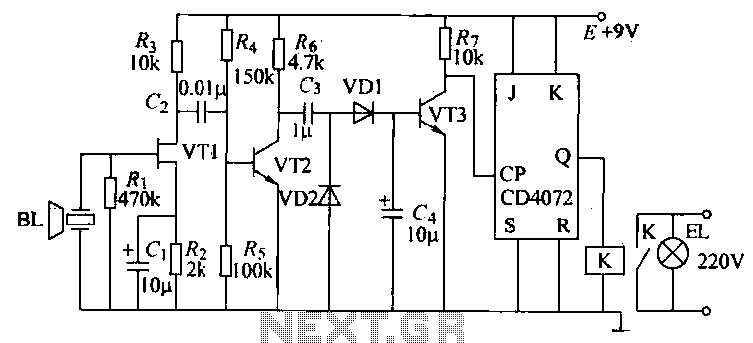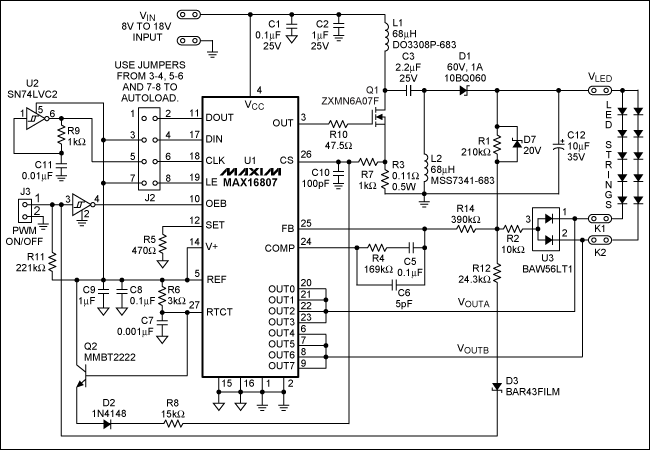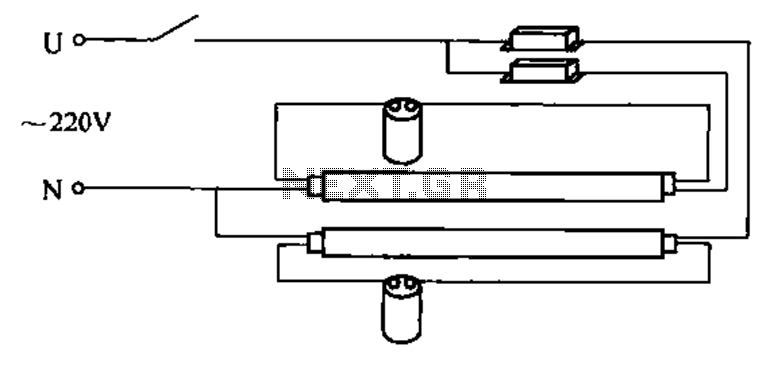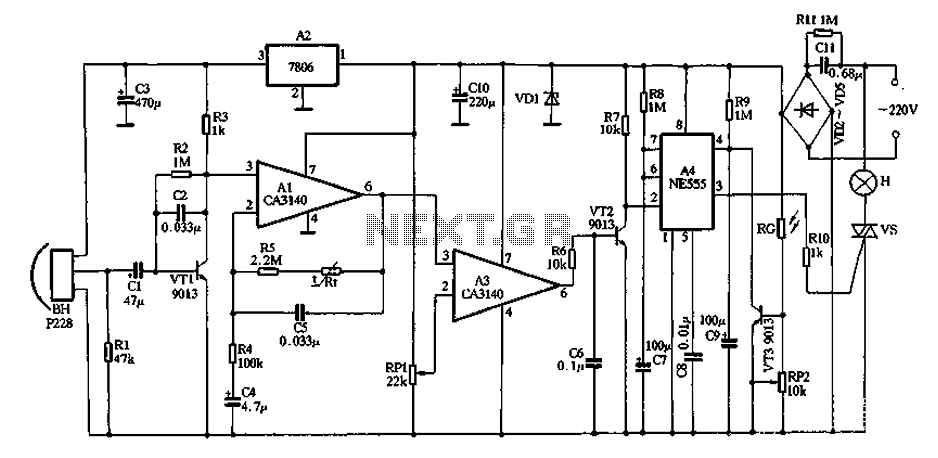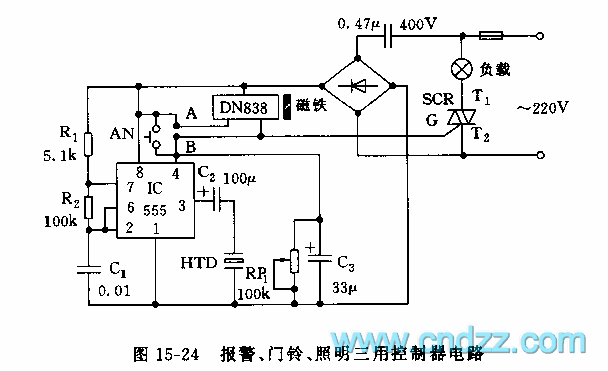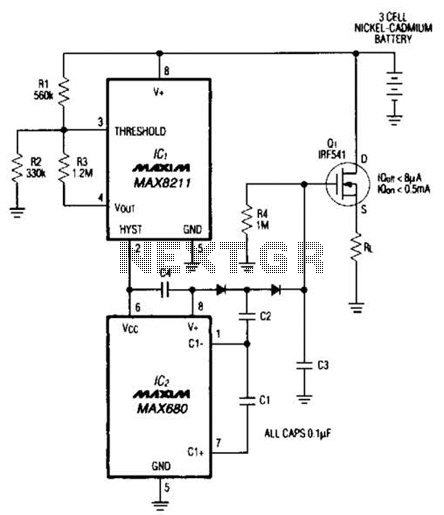
disco lighting

This project is intended for controlling mains powered disco lighting, although there are many other possible uses for controlling almost any mains appliance. It will control five separate channels at up to 3 Amp per channel. This could be increased by designing another PCB with wider tracks than the PCB included with this design. I could have used relays to control my lights, but triacs seemed like a more sensible solution as they react quicker and are totally silent as they contain no mechanical parts. The low voltage control side and the mains side are totally isolated, as opto-couplers are used to fire the triacs. I have not included any schematics as this project is very simple, especially due to the fact I have included a PCB.
This project employs a triac-based control system for managing mains-powered lighting, specifically tailored for disco applications. The design features five independent channels, each capable of handling a load of up to 3 Amperes. This load capacity can be enhanced by creating an alternative printed circuit board (PCB) with wider trace widths, accommodating higher currents if necessary.
The choice of triacs over traditional relays is significant in this application. Triacs provide rapid switching capabilities and operate silently, eliminating the mechanical noise associated with relay actuation. This is particularly advantageous in environments where sound quality is critical, such as in disco settings.
To ensure safety and reliability, the design incorporates opto-couplers that provide electrical isolation between the low voltage control circuitry and the high voltage mains side. This isolation is crucial for protecting the control circuitry from voltage spikes and ensuring user safety when interfacing with high voltage systems.
The absence of a detailed schematic is noted, but the simplicity of the project allows for straightforward implementation. The included PCB is designed to facilitate easy assembly and integration, making it accessible for both hobbyists and professionals looking to control lighting or other mains appliances. The overall design emphasizes efficiency, safety, and performance, making it a versatile solution for various applications beyond disco lighting.This project is intended for controlling mains powered disco lighting, although there are many other possible uses for controlling almost any mains appliance. It will control five seperate channels at up to 3 Amp per channel. This could be increased by designing another PCB with wider tracks than the PCB included with this design.
I could have used relays to control my lights, but triacs seemed like a more sensible solution as they react quicker and are totally silent as they contain no mechanical parts. The low voltage control side and the mains side are totally isolated, as opto-couplers are used to fire the triacs. I have not included any schematics as this project is very simple, expecially due to the fact I have included a PCB.
Notes: There isn&# 🔗 External reference
This project employs a triac-based control system for managing mains-powered lighting, specifically tailored for disco applications. The design features five independent channels, each capable of handling a load of up to 3 Amperes. This load capacity can be enhanced by creating an alternative printed circuit board (PCB) with wider trace widths, accommodating higher currents if necessary.
The choice of triacs over traditional relays is significant in this application. Triacs provide rapid switching capabilities and operate silently, eliminating the mechanical noise associated with relay actuation. This is particularly advantageous in environments where sound quality is critical, such as in disco settings.
To ensure safety and reliability, the design incorporates opto-couplers that provide electrical isolation between the low voltage control circuitry and the high voltage mains side. This isolation is crucial for protecting the control circuitry from voltage spikes and ensuring user safety when interfacing with high voltage systems.
The absence of a detailed schematic is noted, but the simplicity of the project allows for straightforward implementation. The included PCB is designed to facilitate easy assembly and integration, making it accessible for both hobbyists and professionals looking to control lighting or other mains appliances. The overall design emphasizes efficiency, safety, and performance, making it a versatile solution for various applications beyond disco lighting.This project is intended for controlling mains powered disco lighting, although there are many other possible uses for controlling almost any mains appliance. It will control five seperate channels at up to 3 Amp per channel. This could be increased by designing another PCB with wider tracks than the PCB included with this design.
I could have used relays to control my lights, but triacs seemed like a more sensible solution as they react quicker and are totally silent as they contain no mechanical parts. The low voltage control side and the mains side are totally isolated, as opto-couplers are used to fire the triacs. I have not included any schematics as this project is very simple, expecially due to the fact I have included a PCB.
Notes: There isn&# 🔗 External reference
